Popular Foods

Five Popular Japanese Food
In addition to traditional “Washoku” cuisine, Japan is also the country to encounter food incorporating ingredients and dishes from other places around the world that is adapted to suit the taste of the Japanese. The popular examples are ramen [originally from China], curry [a variation of Indian food], and numerous dishes inspired by Western cuisine, such as tonkatsu, sukiyaki, omelet, and hamburger steak. One of the charm points of Japan is for the visitors to indulge in culinary delights from all over the world, including Europe, America, Asia, and Africa.
The following is the introduction to five popular foods as well as alcoholic beverages and sweets inspired by the countries overseas.
Ramen / ラーメン
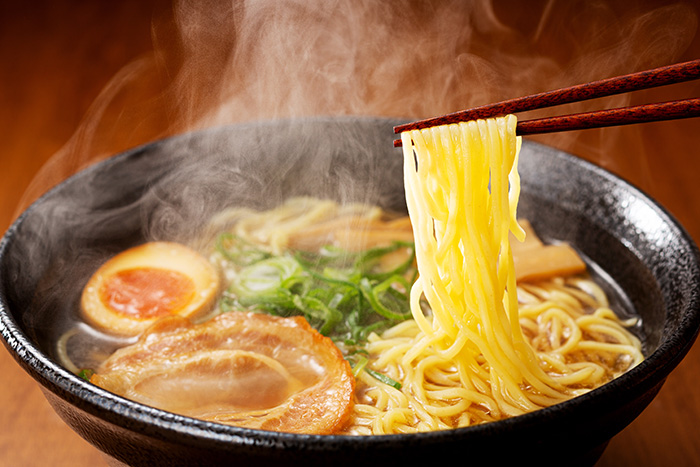
Originated in China, ramen noodles have been changed to suit Japanese customs and preferences in Japan. It is characterized by using brine [alkaline salt solution] in the flour to create firm and unique-tasting noodles. Various ingredients are used to make ramen soup, including pork bones, chicken bones, beef bones, seafood, and vegetables. The most common base flavors are soy sauce, salt, and miso, but ramen comes in a true variety of tastes using many different ingredients depending on the region or restaurant.
Curry / カレー
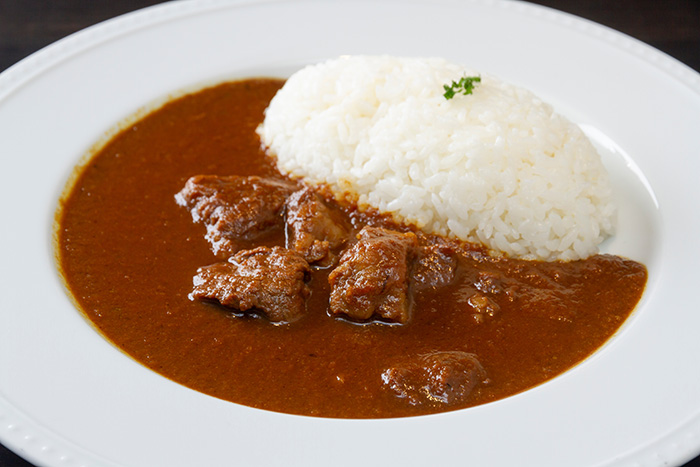
Curry, a dish originating in India, is made by cooked meat and vegetables in various spices. This dish became popular in Japan during the Meiji Era (1868 - 1912), when Western-cuisine restaurants started to serve patrons “rice curry” made from curry powder using a method adopted from England. Over time, soba and washoku restaurants also started to incorporate curry in the menus and adapted the dish to suit Japanese tastes better. In the 1950s, a block-type curry roux emerged and in 1968, boil-in-the-bag curry was invented. Became a popular dish both at home and in restaurants and are now found in a wide variety of locations in Japan: authentic Indian restaurants, curry chain stores, Western-style restaurants, family restaurants and convenience stores.
Tonkatsu [Pork Cutlet] / とんかつ
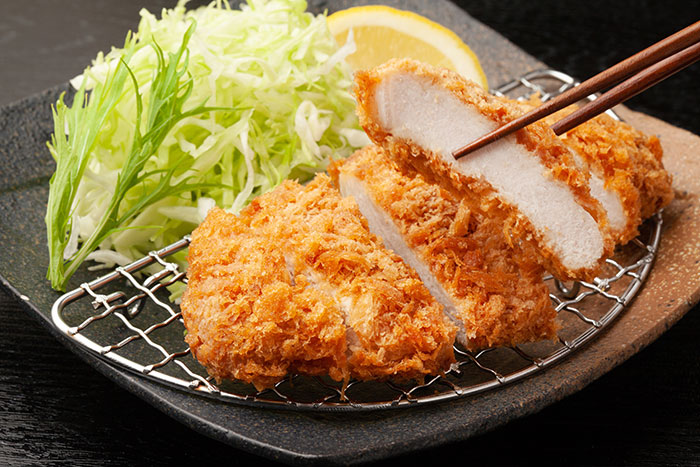
Tonkatsu is thought to be a Japanese adaptation of a French dish introduced to Japan in the late 1800s, in which veal is coated with breadcrumbs and fried in butter. Tonkatsu is made by coating a cut of pork [either fillet-katsu - lean pork tenderloin or loin-katsu - a cut with a strip of fat along the side] in flour, egg, and breadcrumbs, then deep frying it at a high temperature. “Tonkatsu” makes perfect match with freshly cooked rice, a generous serving of finely sliced cabbage and special tonkatsu sauce.
Tempura / 天ぷら
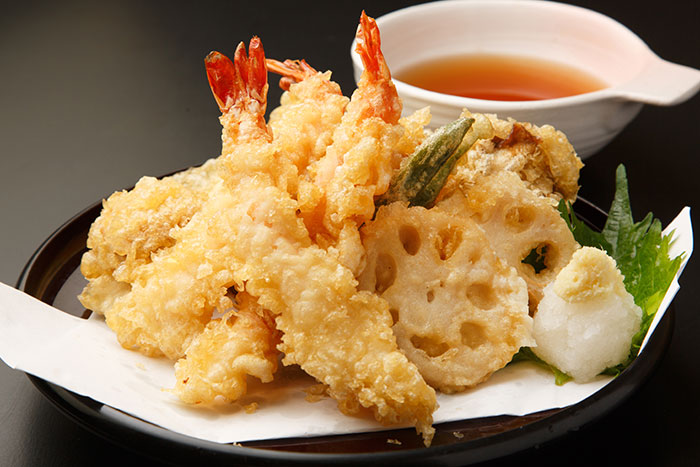
Tempura is made by coating seafood, vegetables, and other ingredients in a thin layer of flour and water then deep frying in oil. It is believed that the origins of Japanese tempura lie in the fritters introduced to Japan from Portugal around the mid-16th century. Tempura is deep-fried in high temperature oil, and the crispy texture of the outer coating enhances the flavors of the ingredients. Enjoy some piping hot, delicious tempura!
Sukiyaki / すき焼き
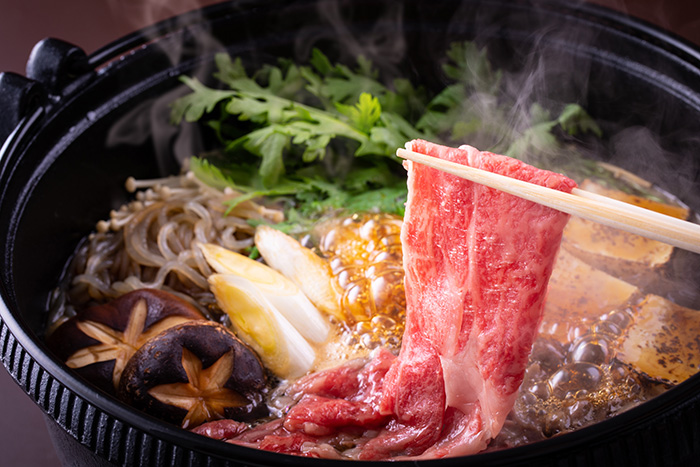
Sukiyaki is a Japanese hot pot dish made by simmering beef, leek, tofu, konjac noodles and other vegetables in a sauce flavored with soy sauce, sugar, and rice wine. When the western culture was introduced to Japan in the late 19th century, Japanese people started to eat beef which had not been the part of the diet before. Sukiyaki emerged a way to enjoy beef in the traditional hot pot style that Japanese have adopted since ancient times. Sukiyaki is prepared differently between the Kanto [eastern] and Kansai [western] regions. In Kanto, meat and vegetables are simmered together in a broth all in one go. In Kansai, the meat is grilled first, cooked with sugar and soy sauce, then vegetables are added.

Alcoholic Beverages
Japanese Whisky / 日本ウィスキー

People only started to produce whisky in Japan in the early 20th century. Despite that, the Japanese domestic whisky has earned the status of one of the five top whiskeys in the world. In many cases, large corporations of Japan own and run whiskey distilleries. The advanced technical capabilities of the companies started to manage the entire manufacturing process making Japan able to indulge in premium-quality whiskey.
Japanese Wine / 日本ワイン

Japanese wine is made domestically and made only with homegrown grapes. It was first produced in Japan around the late 19th century in Yamanashi prefecture, where grape cultivation was already established. It is believed that wine became a more widely consumed drink from around the time of the Osaka World Exposition (1970). The four major wine-producing prefectures of Japan are Yamanashi, Nagano, Hokkaido, and Yamagata. The wines originating from these regions have won numerous awards at international wine contests.

Popular Sweets in Japan
Strawberry "Shortcake" (Sponge Cake) / ショートケーキ
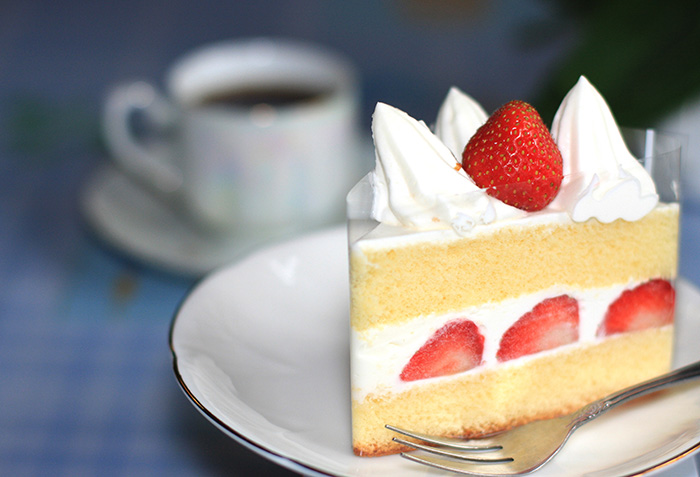
The Japanese Strawberry Shortcake (sponge cake) is a fluffy sponge cake decorated with fresh cream and strawberries. “Shortcake” is generally referred to a cake with a crumbly scone-like texture, made with strawberries and whipped cream sandwiched between crispy biscuit dough in the early 20th century, is believed to be the origin of a Japanese variation of a cake. Over the century or more of the emergence, Japanese Strawberry Shortcake has undergone many attempts to evolve into the treat we know today.
Green Tea Ice Cream / 抹茶アイス
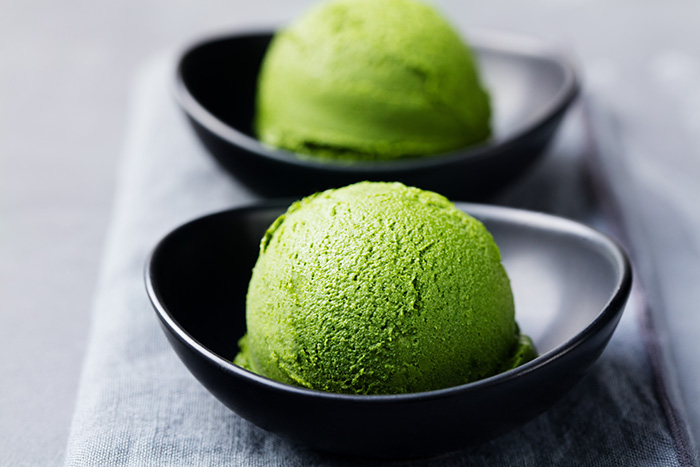
The origins of matcha can be traced back to 10th century China. During the Muromachi Period (1336 - 1568 AD), matcha established a significant position in Japan, with the advent of Japanese tea ceremony by the Buddhist monk and tea master Sen no Rikyu. Matcha powder is also used to make cakes, chocolate, and other sweets besides tea. The prime example of the sweet made with matcha is the matcha ice-cream, also popular in countries other than Japan for the perfect pairing of bitter and aroma of matcha with ice-cream.
